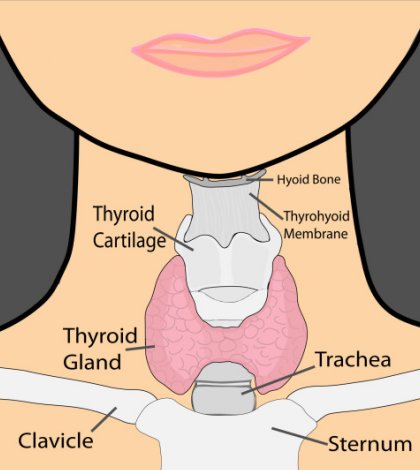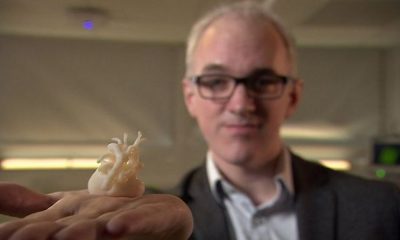Is testing of any use?
I am often asked this question and this article represents my personal view as a Pathologist working in Health Screening for many years. The answer is a qualified yes.
Who is testing for?
A wide range of people of varied ages are at risk of thyroid disease so it is difficult to give precise advice about an age range suitable for testing but in general young to middle aged persons, especially, but not exclusively, women are at greatest risk. People with no symptoms may be tested as an underactive thyroid may not show symptoms in the early stages (subclinical hypothyroidism) and if these general symptoms are present then testing may be advisable; excessive tiredness, weight gain for no apparent reason, dry skin, constipation or depression.
What is Thyroid Screening?
Normally, screening means testing normal people with no symptoms to see if they are harbouring disease that has not revealed itself. With thyroid testing it is often people with symptoms, often vague symptoms, who come forward for testing. Screening normal people for thyroid conditions is not carried out in any organised fashion equivalent, for example, to breast or bowel screening. Thyroid testing involves a simple blood test. It is usual to start with one very effective test, the thyroid stimulating hormone (TSH) test. A person showing symptoms that point towards thyroid disease may be advised to have a panel of tests including TSH but this would not really be screening but more in keeping with diagnostic testing. For routine testing therefore it is recommended to have the TSH blood test first and then decide about further testing depending on the result. TSH is the hormone produced by the pituitary gland at the base of the brain that drives the thyroid gland in the neck to produced thyroxine (T4) and tri-iodothyronine (T3). T3 and T4 enter the bloodstream and control the rate of cell metabolism. Too little hormone and cell metabolism slows down leading to weight gain, fatigue and other general health effects. Too much T3 and T4 cause cell metabolism to increase and energy is burned rapidly resulting in hyperactivity and weight loss. Thyroid testing is slanted towards detecting an underactive thyroid rather than overactivity although TSH testing will show an abnormal result in both situations.
What your results mean?
The normal level of thyroid stimulating hormone (TSH) is between 0.35 and 5.5. A normal result is very reassuring. It is unusual for TSH to be normal when the thyroid is underactive but this can happen rarely. It is for this reason that a person with symptoms strongly suggesting an underactive thyroid would be advised to have a panel of tests to exclude rare conditions such as disease of the pituitary gland.
The TSH test is most often carried on a sample of serum. Serum is obtained from a blood sample by spinning the blood very rapidly in a centrifuge so the red blood cells are thrown to the bottom of the sample tube. The yellow serum lies on top of the red blood cells and is removed for testing leaving the red cells in the sample tube. Some newer TSH test are designed to use whole blood that has not been centrifuged. This has the advantage of meaning the test does not have to be carried out in a sophisticated laboratory but can be quickly performed in a clinic or doctor’s surgery. However, the test samples are slightly different and the results may not always be directly comparable. Nevertheless, as a tool for looking for the first signs of disease the whole blood test is very convenient and can increase access to testing.
An abnormal TSH result where the TSH level is high, above 5.5 suggests that the thyroid is underactive. This needs to be confirmed by other tests and further tests are carried out to identify the cause. The additional tests in this situation would include thyroxine (T4) and triiodothyronine (T3) measured from a sample of serum. Of course, as these are the hormones lacking when the thyroid is underactive the results would be low for these hormones.
Understandably, when the results of these tests are equivocal, for example the TSH is slightly high but the T3 and T4 are normal, a definitive diagnosis is not possible. A situation like this may occur when there are few or no symptoms of disease and for the want of a better term, this condition is labelled as “sub-clinical hypothyroidism”.
How to take a TSH blood test
You can take a blood sample for testing yourself using a finger prick sample (capillary blood) or ask someone to take a blood sample from your arm (venous blood). Self-sampling is easy and convenient.





















